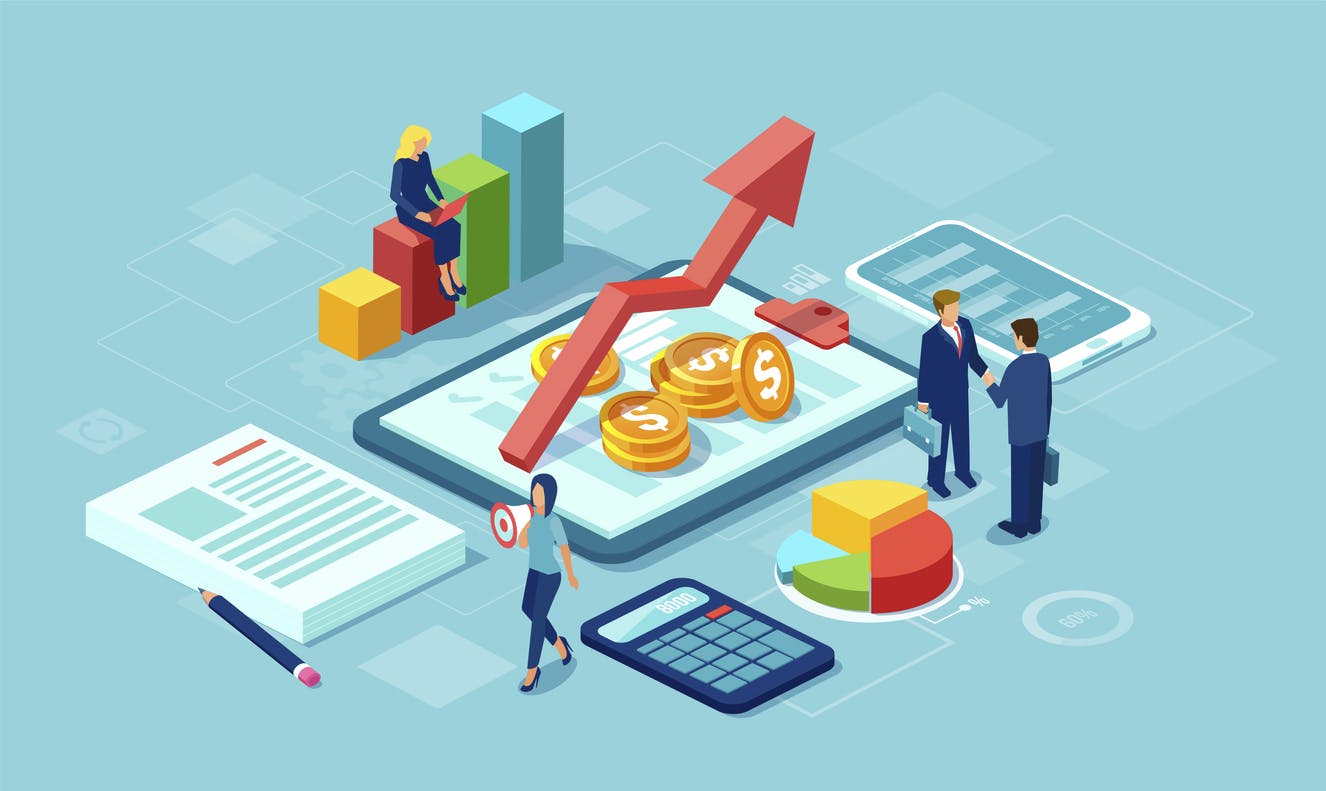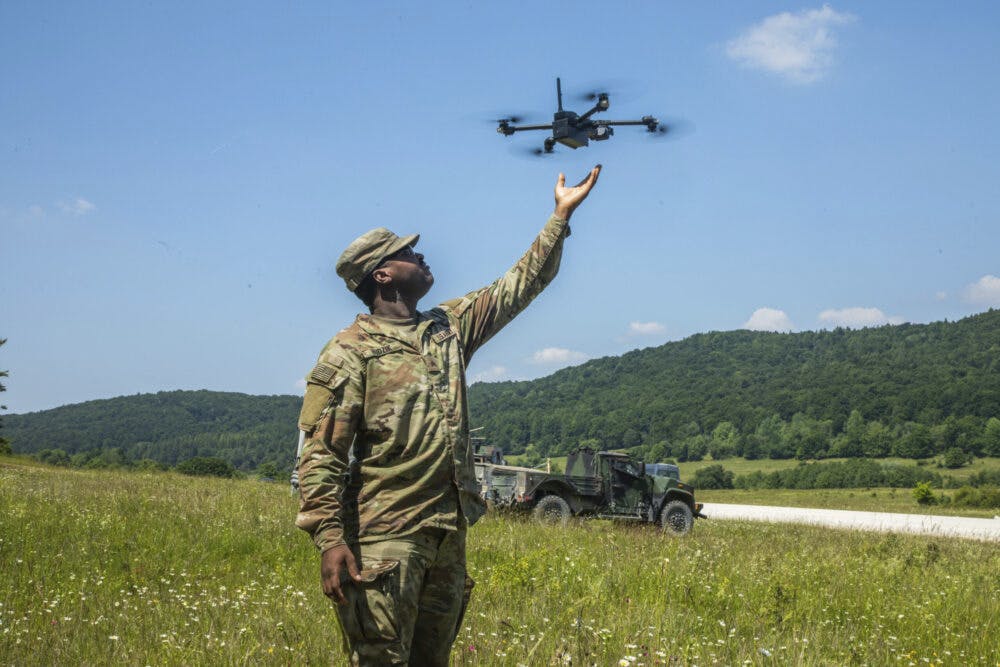$13.2B IRS FY 2022 Budget Looks to Bolster Long-Term Modernization
The White House’s proposed 10.4% increase to the IRS budget will help with long-term modernization and taxpayer service improvements.

The IRS plans to push forward with its modernization initiatives and improve taxpayer customer service and accessibility, among other initiatives, as part of its proposed $13.2 billion budget for fiscal year 2022.
IRS Commissioner Charles Rettig advocated in favor of the president’s proposed budget, an increase of $1.2 billion or 10.4%, above the fiscal year 2021 enacted amount during a Senate Finance Committee hearing Tuesday.
As the agency faces challenges with workforce attrition of 50,000 employees over the next six years, increased pressure to close the tax gap and new responsibilities like delivering on the child tax credit, Rettig said that long-term sustained investment in the IRS and modernization of capabilities and services will be critical.
“The agency will continue to replace more than 50,000 employees expected to be lost through attrition over six years, expand and train our workforce and support implementation of our multi-year integrated business modernization plan,” Rettig said.
The IRS aims to use $78.1 million of its $13.2 billion budget for IT modernization activities, which Rettig said will support the retirement of legacy applications, upgrade of IT systems and next steps on “significant modernization initiatives as Enterprise Case Management, Taxpayer Digital Communications and customer callback on its taxpayer phone lines.”
Modernization of taxpayer services and efforts to increase communications accessibility with the IRS will also help the agency realize requirements of the Taxpayer First Act, which mandated reforms to the IRS relating to customer service, enforcement cybersecurity, IT management and electronic system usage. Rettig emphasized the importance of uplifting the mandates of the TFA, which on its own has $176.1 million of designated funding.
Rettig highlighted further need for customer service modernization amid increased taxpayer engagement with the IRS for the 2020 filing season earlier this year.
“In 2021, we received more than 150 million phone calls, and at peak we were receiving at the rate of 1,500 per second between live and automated systems,” Rettig said, adding that the call rate was more than 300% higher than normal. “We answered more than 36 million calls, and we’ve had more than 1.4 billion visits to IRS.gov.”
Not only is the IRS aiming to improve pre-existing communication streams and customer services for taxpayers, but also the agency is looking to stand up tools for new IRS-run services. The IRS will start distributing the first payments of the child tax credit starting on July 15 and is ramping up online resources and portals to help eligible and potentially eligible beneficiaries.
“More than 30 million households and more than 65 million children will be receiving monthly payments beginning July 15,” Rettig said. “We will soon launch the online tools, and we invite members and staff for a demonstration of our child tax credit online tools, which include a non-filer tool that will soon be launched, a child tax credit update tool that will be launched by the end of June, eligibility tool and other relevant information.”
In addition to taxpayer service improvements through digital tools, automated calls and other efficiencies through modernization, the 2022 budget also seeks to bolster enforcement. Rettig wrote in his testimony that funding for enforcement will help the IRS expand oversight efforts against cybercrime and increase use of applied data analytics in enforcement activities.
This is a carousel with manually rotating slides. Use Next and Previous buttons to navigate or jump to a slide with the slide dots
-

Trump Orders Spark Government-Wide Acquisition Overhaul
As Trump pushes for a faster, simpler procurement system, agencies are leveraging AI and adapting strategies to meet new requirements.
5m read -

IRS Makes Direct File Code Public as Lawmakers Debate Program’s Fate
The agency sees the Direct File source code as beneficial to government digital services despite what happens with it in proposed budgets.
5m read -

Inside Oak Ridge National Lab’s Pioneer Approach to AI
Energy Department’s Oak Ridge National Lab transforms AI vulnerabilities into strategic opportunities for national defense.
22m listen -

A Look at Federal Zero Trust Transformation
Recent developments from CISA and DOD show how government is advancing zero trust quickly.
20m read -

Modernization Strategies to Enable Energy Innovation
Lawrence Berkeley National Lab and Maximus experts explore the modernization strategies driving digital transformation and operational resilience within the energy sector.
33m watch -

DOI Must Modernize Energy to Win AI Race, Secretary Says
Doug Burgum links AI innovation to energy reform as DOI advances digital infrastructure and wildfire response under Trump’s tech agenda.
2m read -

Army Combines Commands to Propel Innovation Under New Transformation Plan
Lt. Gen. Miles Brown outlines a new transformation strategy after the AFC–TRADOC merger to integrate new technologies within 18 months.
4m read -

NIST to Release New AI Cybersecurity Guidance as Federal Use Expands
NIST plans to release AI cybersecurity guidance within the year to support safe adoption as federal agencies expand use cases.
4m read -

Federal Zero Trust Forum
The Federal Zero Trust Forum brings together key technology leaders from across government to explore practical strategies and share lessons for advancing zero trust architecture.
Ritz Pentagon City | 1250 S Hayes St, Arlington, VA 22202 -

CIA Adds Fourth Pillar to AI Strategy, CAIO Says
Lakshmi Raman says the new pillar marks a strategic shift toward embedding AI more deeply into the CIA’s day-to-day mission execution.
3m read -

FEHRM CTO Targets Two-Year Cloud Migration for Federal EHR
Lance Scott touts new EHR tech advancements, including cloud migration, expanded data exchange and AI integration to improve care delivery.
4m read -

AI Enables Coast Guard’s Workforce to Transform Operations
The Coast Guard’s Deputy CIO Brian Campo delves into the ways AI is pushing the service to rethink its core services, workforce and operations.
14m watch
















